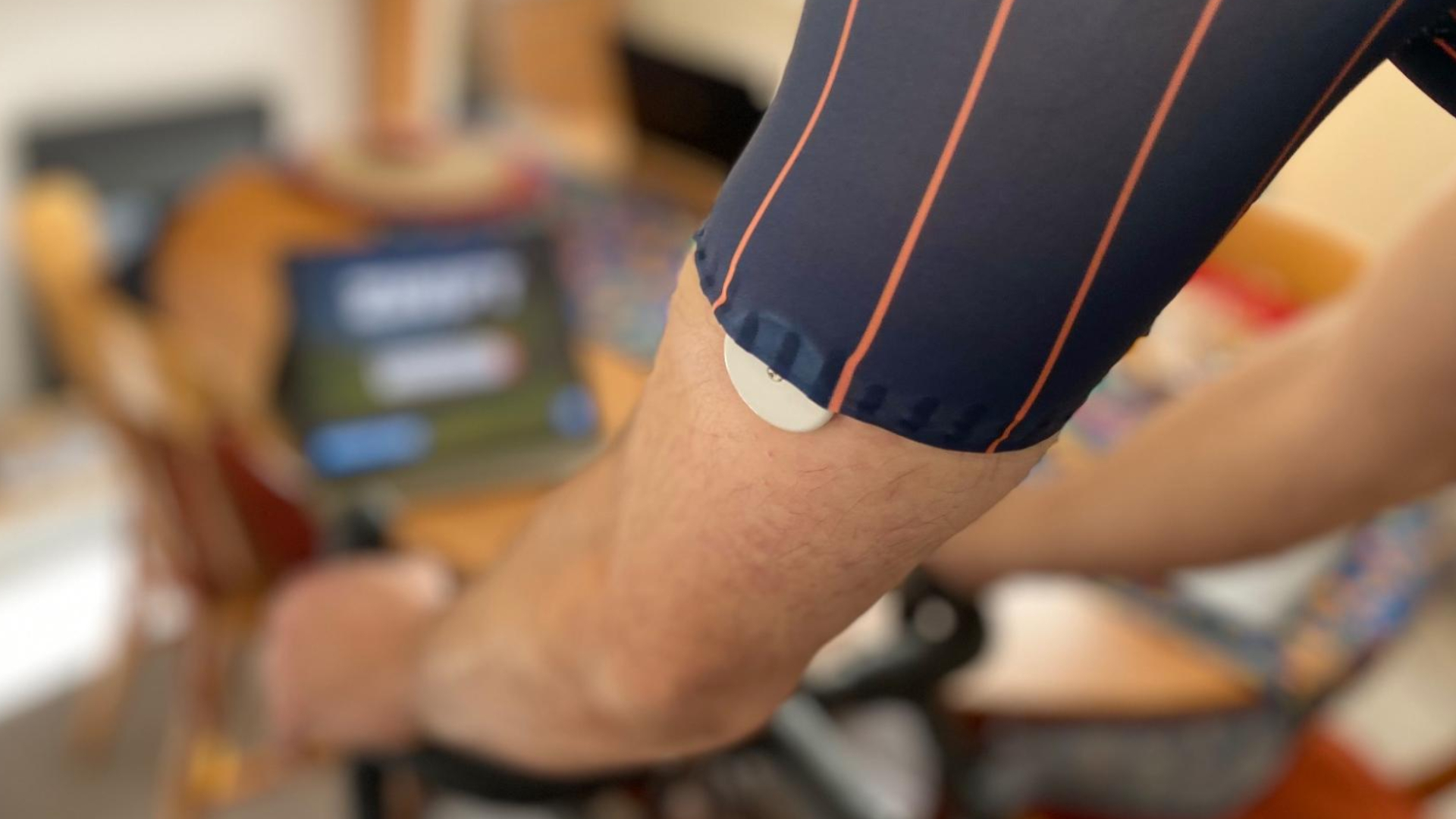
A new study has looked at how factors such as age, gender and body weight affect the glucose levels of healthy individuals during exercise.
It found that women’s glucose levels after exercise were lower compared to men’s - and that people aged 20-39 had more instances of very low glucose levels compared to both younger (under 20) and older (older 65) cohorts.
Glucose is the human body’s primary energy source for high intense aerobic exercise - and low glucose levels can result in lethargy, weakness and irritability or confusion.
For individuals who don’t have diabetes, low glucose levels are simply enough to rectify. Taking on 15 grams of fast acting sugars can give you an immediate boost - but be cautious of sending your blood spiking too high so as not to cause a crash in the next few hours. Foods with a low Glycemic Index, such as oats and whole grains, are your friend here.
The study, which you can read in full here, also found that resistance exercise, such as weight lifting, caused less of a drop in glucose than aerobic exercises - such as running, or activities which involved a mixture of resistance and aerobic exercises.
This study of 119 individuals was made possible due to the developments and great availability of frequent real-time continuous glucose monitors (CGMs). These were developed to help people who suffer from diabetes track their glucose levels more accurately and more conveniently - but the application of this technology has reached much further afield.
In performance contexts where aerobic exertion is particularly intense, such as cycling, these wearable devices can be helpful for users to understand how exercise and food consumption affects their glucose and energy levels. This data can be useful for athletes looking to hone their fuelling strategy, and also to avoid underfuelling. We’ve previously reviewed the Supersapiens CGM, and you can read our thoughts over here.







